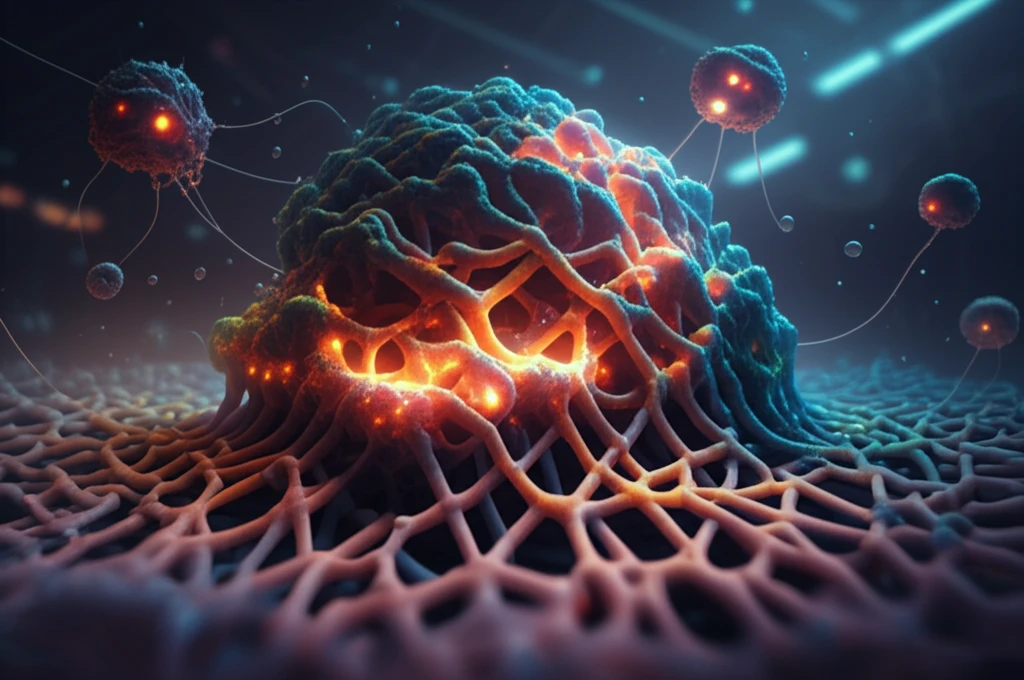
3D-Printed Cell Cultures: The Future of Tissue Engineering and Wound Healing?
"Explore how 3D-printed cell culture platforms are revolutionizing tissue engineering, offering unprecedented control over cell growth and structure for advanced medical applications."
For decades, the field of tissue engineering has strived to create functional human tissues outside the body. Essential to this endeavor are scaffolds—support structures that guide cell growth and organization. These scaffolds influence everything from cell adhesion and proliferation to differentiation, making their design crucial for successful tissue regeneration. Imagine a world where damaged organs can be repaired or replaced using tissues grown in the lab, all thanks to innovative scaffold technology.
Traditional approaches face limitations in replicating the complex environments cells naturally inhabit. This is where 3D printing steps in to change the game. By offering precise control over scaffold architecture, 3D printing enables scientists to create highly customized cell culture platforms. These platforms can be tailored to mimic the intricate structure of various tissues, providing an optimal environment for cell growth and tissue formation. For example, skin, being the body's protective barrier, is made of layers. 3D printing is creating innovative ways to regrow skin.
One promising 3D printing technique is electro-hydrodynamic jet (E-jet) printing, which uses an electric field to create fine jets of material. This method allows for the precise deposition of polymers like poly-(lactic-co-glycolic acid) (PLGA) to construct detailed 3D structures. Researchers are now exploring how varying parameters such as electrical voltage, plotting speed, and nozzle size affect the resulting cell culture platforms, aiming to optimize these platforms for specific tissue engineering applications.
The Science Behind 3D-Printed Cell Cultures

A recent study published in the Journal of Biomedical Materials Research delves into the use of E-jet 3D printing to create cell culture platforms for tissue engineering. The scientists focused on understanding how different printing parameters influence the structure and biocompatibility of PLGA scaffolds. By carefully controlling these parameters, they aimed to create platforms that promote cell adhesion, proliferation, and differentiation.
- High voltage (2.5-3.1kV) allows best printing conditions.
- Plotting speed matters in the thickness of fibers.
- PLGA concentration effects filament diameter.
- Smaller nozzle helps to reduce filament diamter.
The Future of Tissue Engineering
This research highlights the enormous potential of 3D-printed cell cultures in tissue engineering and regenerative medicine. By providing precise control over the cellular environment, these platforms offer a pathway to create functional tissues for a variety of applications, from wound healing to organ repair. As the technology advances, we can anticipate even more sophisticated designs that mimic the complexity of human tissues, paving the way for transformative medical breakthroughs.
